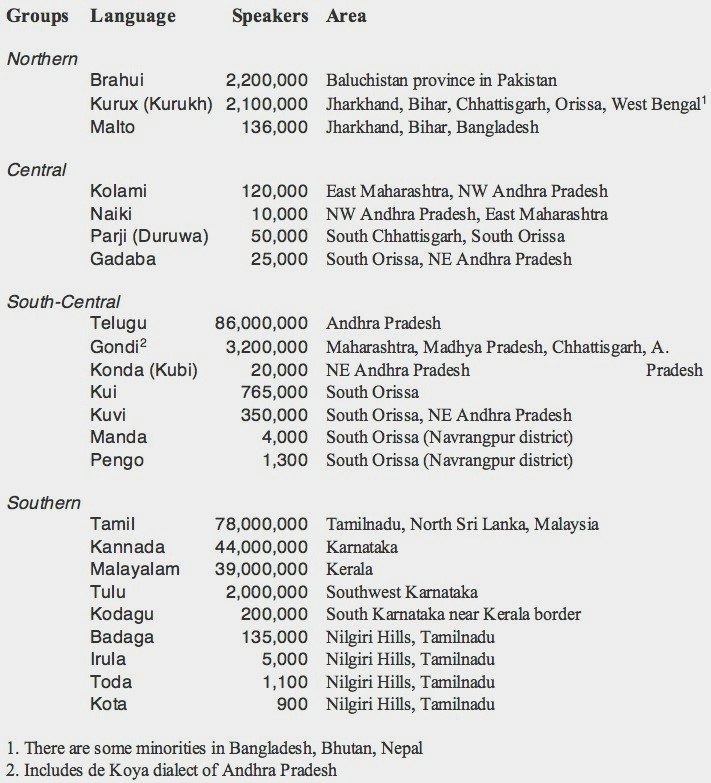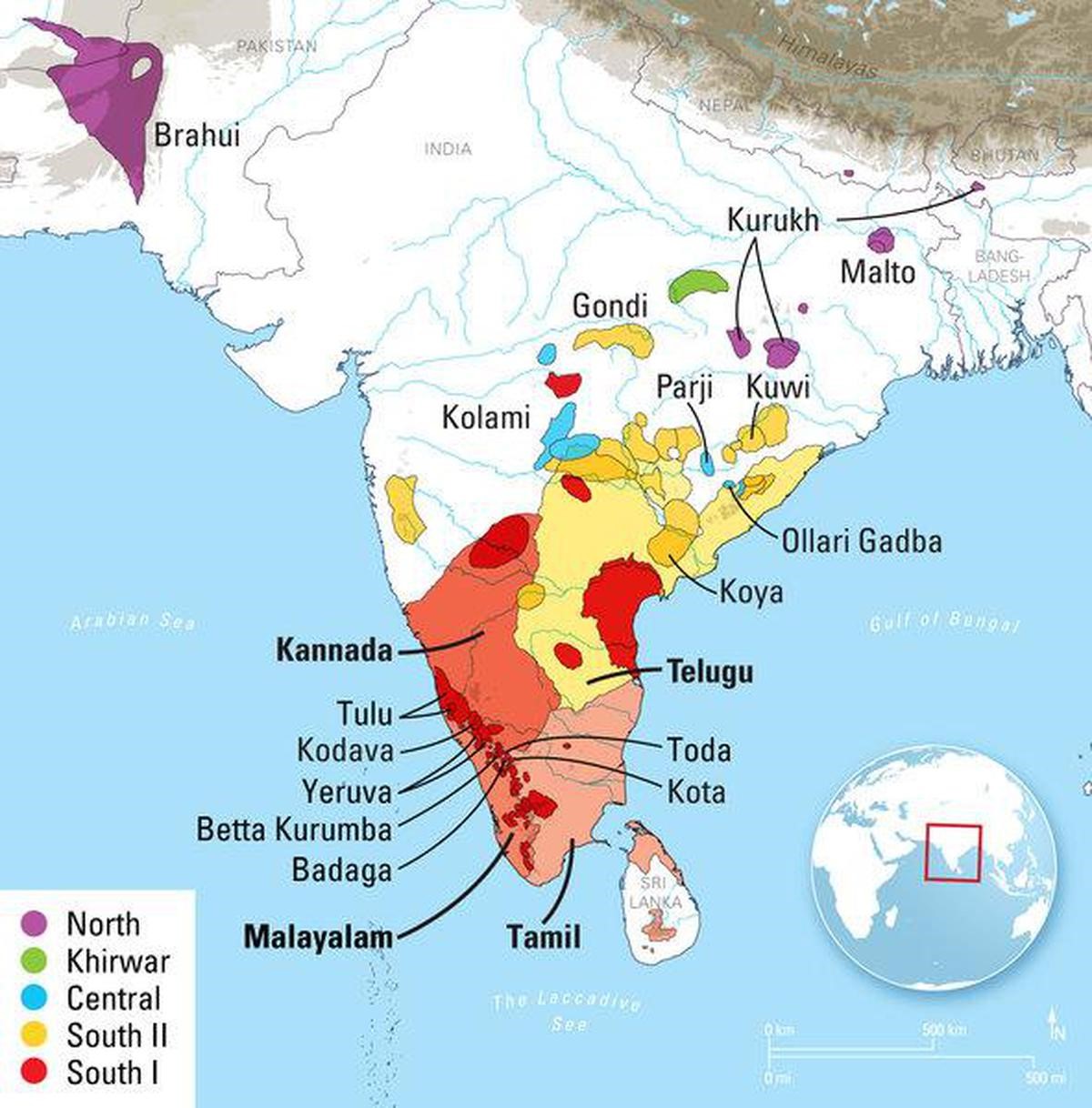7667766266
enquiry@shankarias.in
Mains Syllabus: GS I - Indian culture will cover the salient aspects of Art Forms, literature and Architecture from ancient to modern times; Salient features of Indian Society, Diversity of India.
Recent controversy between Tamil and Kannada language has led to discussions on Dravidian languages.
British missionary Robert Caldwell was the first to use ‘Dravidian’ as a generic name for the major language family.


|
Northern Dravidian Family |
|
|
Kurux |
|
|
Malto or ‘Hillman’ |
|
|
Brahui |
|
The 1981 Census, which required a language to have at least 10,000 speakers to be listed, mentioned Malto and Kurux as non-scheduled languages while omitting Brahui as it had no speakers living within the Indian Union.